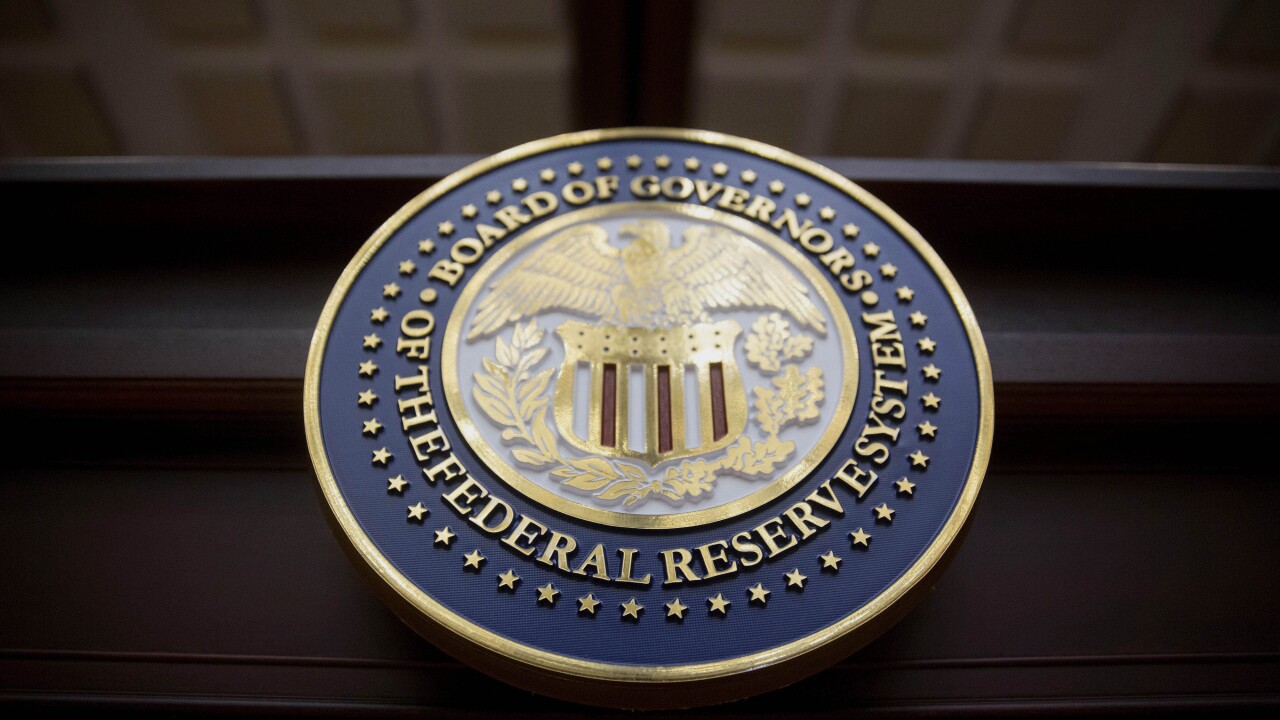
The
Restricting bank lending is obviously bad for banks, leading to lost customers and revenue. It is also bad for borrowers, who generally can get lower interest rates and enjoy better protections when borrowing from a bank compared to a nonbank lender. Ironically, debanking on the lending side is also bad for regulators. When certain lending activity is pushed out of the banking system, regulators may initially feel "safer," given that all lending involves risk and any credit problems are often pinned, unfairly and ex post, on the regulators. But that feeling of safety is an illusion. By pushing activity out of the banking system, regulators end up with less ability to protect borrowers and far less visibility into or influence over emerging risks.
Banks enjoy significant competitive advantages as lenders: low-cost capital from insured deposits, backup liquidity from the Federal Home Loan banks and the Federal Reserve discount window, and exemptions from certain state laws, usury caps, regulations and licensing requirements. With that wind at their backs, it would be reasonable to expect banks to dominate the lending markets — and they often do. Focusing on sectors where bank share is falling significantly provides a roadmap to a number of policy actions that pushed banks out.
Residential mortgage lending provides a great illustration. This $14 trillion sector is enormously important for consumers and the U.S. economy. Banks dominated the space, with about 60% market share of originations prior to the financial crisis. In the wake of that crisis, Congress and the regulators hit banks with limitations, higher capital requirements and much more stringent compliance scrutiny. Banks reacted logically by pulling back, leaving much of this critical market to nonbanks that didn't face the same pressures. Inevitably, bank market share has dropped by half to below 30%. Nonbank mortgage lenders are prospering in the resulting vacuum, as demonstrated by market leader Rocket's $9.4 billion acquisition of its nonbank competitor, Mr. Cooper. Despite policymaker concerns that drove pressure on banks, the residential mortgage market has grown with pristine credit performance.
Commercial lending to middle market companies is another clear example. Middle market companies are now often owned by private equity firms, and lending to them is generally termed "leveraged lending." Banks historically played the dominant role in lending to these firms (
Lawmakers and regulators are cracking down on banks closing consumer accounts, but neither banks nor regulators have hard numbers on how big of a problem debanking really is — or why accounts are closed.
The same pattern can be seen in other important parts of the economy, such as lending to subprime consumers, payday lending, lending to venture-backed companies and so-called high-risk commercial real estate loans. Whether intentionally or not, regulatory incentives and punishments drive banks out of a lending market, to the detriment of the banking industry, consumers, American business and, in the long run, regulators themselves; of course, the nonbank lenders that fill the gap are thrilled.
Bank regulators have a critical role to play in challenging bank management on its risk management for all lending businesses. That challenge is particularly important when lending is under pressure, as, for example, for commercial real estate currently.
But when regulators go beyond that and, explicitly or implicitly, push banks not to lend to certain American families and businesses, when they substitute their own credit judgment for that of the private markets, that's bad for consumers, banks and the American economy.
So, let's not forget about the other side of the balance sheet in the "debanking" debate; debanking lending matters, too.






